Media | Articles
When We Lose a Race Track, Everyone Loses
Los Angeles is a town with a well-earned reputation for a short attention span. You’re only as good as your last 90 minutes, goes the old saying in the movie business, and the hook is always waiting to yank off stage anything or anyone who isn’t killing it. That rule applies to race tracks, too. The Los Angeles Motordrome, a board track erected in 1910, lasted just three years, and Beverly Hills Speedway, which opened in 1920, only four years until the real estate developers got it. Riverside Raceway managed an unforgettable 32-year run before it was plowed under to make way for a shopping mall. Perhaps the ghost of Ken Miles still haunts the place; after years of decline, the mall boasts hundreds of thousands of vacant square feet.
Given the long odds, Auto Club Speedway, aka California Speedway, did pretty well—26 years from the day the 2.0-mile D-shaped banked oval opened to host 240-mph Indy-car laps to the day the wrecking ball arrived. Drone videos surfaced in November of chomping excavators tearing away at grandstands. In posterity, it joins the “Indianapolis of the West,” the short-lived Ontario Speedway (10 years, ending in 1980) which was just up the freeway. Its land now hosts a CarMax, a Benihana, and an El Torito, among its other pearls of suburban banality.
Auto Club’s demise leaves a metro area of nearly 13 million with only one circular track within its environs: Irwindale Speedway, a strictly amateur venue, which somehow has dodged decade-old plans to convert it into a mall. Likely because the mall business, thanks to Amazon, etc., is in even worse shape than the racing business. Vows by NASCAR to eventually replace Auto Club with a half-mile oval on what remains of acreage that has mostly been sold off to a developer intent on building logistics warehouses (for Amazon, etc.) have no firm timetable.
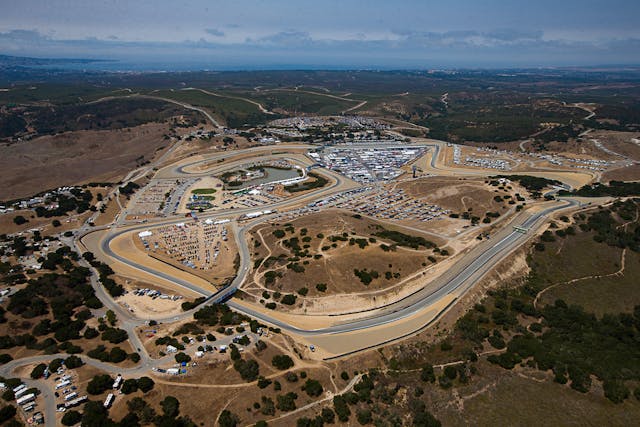
It’s a sad fact that in places, racing struggles to pay the bills for the increasingly expensive land that it occupies, and the forces of redevelopment never sleep. To the north, Monterey County, the deed holder of Laguna Seca, was in December sued by locals aiming to curtail or eliminate the famed track. You can shout until you are blue in the face that the circuit, opened in 1957, predates all of the surrounding McMansions. But those people don’t care who was first, they really don’t. They have money and lawyers and they are game to try their luck in court.
It’s a challenge that race tracks share with local municipal airports. The airport where I keep my Cessna is a former U.S. Army Air Corps training base built in 1939, now under attack from a small but vocal clique of residents who wish it gone. They have already tasted blood in nearby Santa Monica, where an airfield that opened in 1923 and supplied thousands of Douglas Aircraft during World War II is set to close in 2028 so that developers can dine on its bones.
Marketplace
Buy and sell classics with confidence
Once upon a time, a bolder America accepted and even celebrated these facilities as proof that the world’s greatest economy produced vital and thrilling pursuits that enriched our lives and supplied a creative outlet to our energy and industry. Now, a more flaccid nation that prefers to sit at home streaming and shopping foreign-made junk online sees nothing in these venues but noise, pollution, and risk. They are unwittingly being stoked by gimlet-eyed developers who are salivating over the land and willing to fund legal teams and sympathetic council candidates. Replacing a track or an airport with warehouses or 20 to 30 high-density housing units per acre will line the pockets of the developers, but it won’t do much for noise and pollution in the community. Everyone is bound to be disappointed—except the developers of course.
But the relentless demand for more housing drives cities to flatten anything in their path that appeals only to a minority. And like it or not, we are a minority. Unless we fight, unless we write letters and go to council meetings and support candidates who believe there should be recreational room for everyone, we will end up like the misfits in medieval times, hounded out the city gates and banished to the countryside so that we can continue enjoying activities that were once popular in an earlier, more energetic age. At least, until the city inevitably sprawls in our direction.
***
Check out the Hagerty Media homepage so you don’t miss a single story, or better yet, bookmark it. To get our best stories delivered right to your inbox, subscribe to our newsletters.

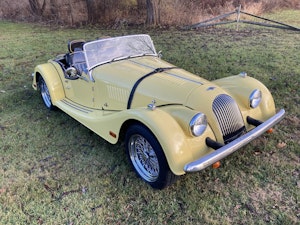
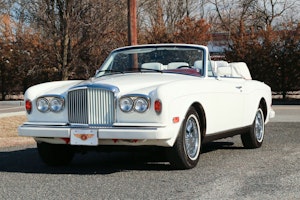
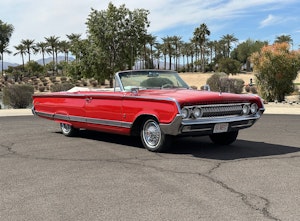
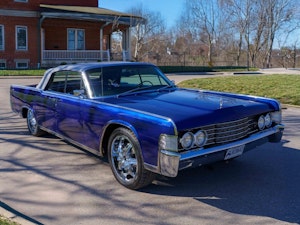

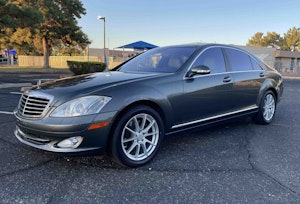
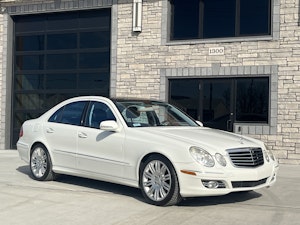
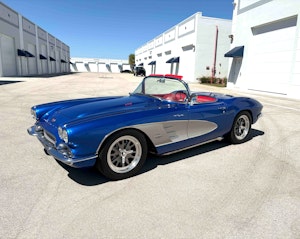




I wrote a book detailing the 174 different official auto racing venues of Southern California (1903-current) and can safely say that there is nothing new in the world of racing venues. No single entity comes through and wishes them gone. Each is a business unto itself and either thrives or disappears of its own accord. https://www.hopublishing.com/where-they-raced-turn3.html
I was going to mention your books, but I’m glad you beat me to it.
SoCal used to be a mecca for auto sports, and maybe it was too much of a good thing at the time. Riverside hosted CanAm, one of the most amazing series ever, but any unlimited class will get too expensive. They also had stock car races when “stock” meant what it said. I have so many great memories from there, as well as Ontario, Lion’s drag strip, OCIR, the list is long.
I raced at Ascot and Corona raceway, both long gone, but at Corona, we were already getting noise complaints IN 1973 from the new housing development.
These days, I live in Meridian, Idaho. We have a. 1/4 mile paved oval DOWNTOWN, and it’s just received historic designation, so it’s not likely to be closed due to noise complaints. I live two miles away, and on nights I don’t go, I can hear the cars without having to pay for it! We also have a pretty good drag strip northwest of town, so for the time being we seem to be OK.
Racers and the businesses that support racing could also start buying up property surrounding racetracks. Lots of racetrack-friendly neighbors create a very different dynamic.
Your story reminds me of my neighbors who shoot at the deer because they eat their flowers. I’m pretty sure the deer were here first and if you put out food they will eat it. The people today bear little resemblance to the people that built and enjoyed these tracks over many years. A few years ago we allowed ourselves to be locked down in some places for months on end giving up our rights. And the “green” mafia would prefer to end racing period so tracks would have no point. As you said better people need to stand up and beat this back.
Some of the Race Tracks are for sale on CarProperty.com ..
Sorry, he missed a track-Ontario Motor Speedway-now a ghost.
Went to a bunch of races at Riverside. Always a great place, especially in turn 6 as you were up high & could see almost all of the track. Great watching a herd of Nascar cars coming up thru the esses to the 90 degree turn right in front of the stands!! Ontario never took off for some reason. Nice track though. Only got a few times at Autoclub before moving to Tn. Absolutely a beautiful track & facilities for both the racer & fans. Too bad Nascar decided to start pricing fans out of actually going to races vs. watching on tv. Of course the surrounding motels, restaurants, etc. price gouging on race weekends didn’t help either.
It’s been years ago, now, but a once-abandoned WW2 pilot training base, was resurrected by an entrepreneur. Dunnville, Ontario (Port Maitland), returned as an airport, with a road course racetrack integrated. The venture repaved the one runway, and paved the track. After a few years, complaints and lawsuits killed one of the few racetracks around, and one perfect airport for small planes, of which more are needed. As a literal and metaphorical punctuation mark, a wind turbine generator was installed at the middle of the runway! I guess this was done in case anyone else had ideas.
You can also add the Chicagoland
Speedway to the list of NASCAR tracks that have closed in a short time.
I am a young person and there isn’t any tracks near me anywhere and some of my friends speed on the road rather than drive like 60 or 70 miles I think it is to the nearest track you can drive a car at high speeds legally at.
Aaron you nailed it at Flaccid. We as Americans will be eating rice as a major staple possibly before we know it. I feel there are a couple countries out there just salivating at the opportunity to take over our country. So many pooty poo’s anymore there may be a feminine products shortage coming soon.
My family raced on a Central Washington State racetrack for years. The track started in 1968 and its only neighbor’s were an airport and a gun club. A number of years ago, a large development happened and no more airport, heavy time restrictions on both the gun club and race track. Who do you blame, the developers? the realtors? the attorneys? the ignorant buyers? all of them?
It’s sad, the way things are being allowed to go. May be too late to fix.
I would like to say, Tracks and racers got greedy . When I was younger , the Grove in Wisconsin, US 30 in Indianna , Oswego in Illinois. We didn’t have to spend a weeks pay to get in or for autographs. I had pics and autographs From Ivo, Muldowney, Grumpy all the best and it was free . Check out Bryron Strip in Illinois, great runners, great time, not far from Chicago ! Thanks